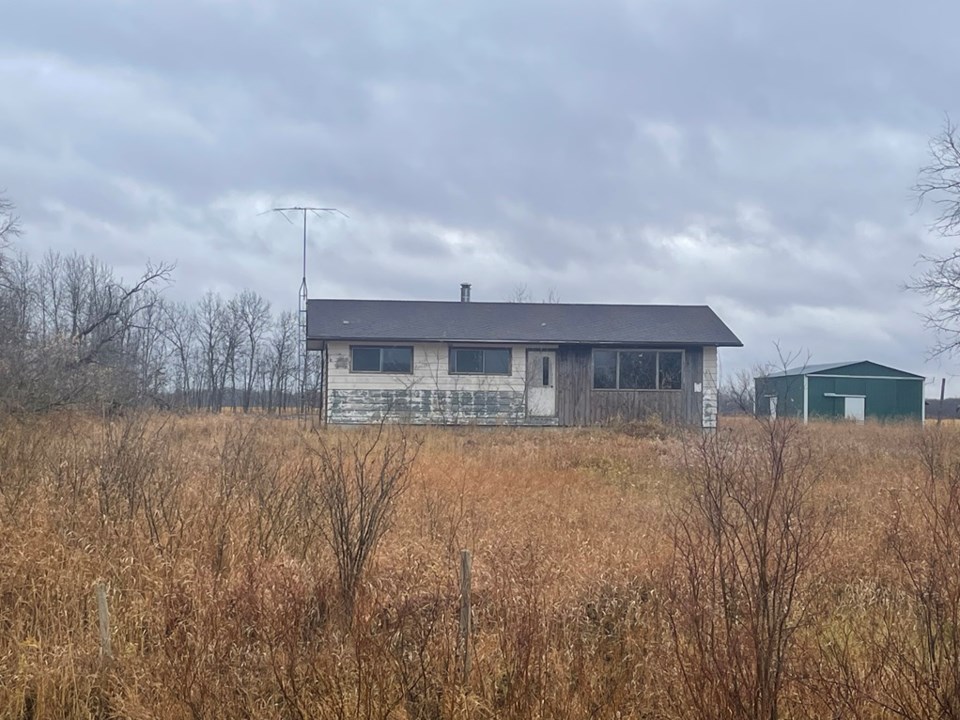NIPAWIN – The Town of Nipawin is requesting the Saskatchewan Urban Municipalities Association's support in addressing dilapidated buildings.
The Town of Nipawin is asking SUMA to advocate to the provincial government to provide financial assistance for assessment, maintenance, and demolition or re-purposing of dilapidated buildings.
Michelle Sorenson, Nipawin CAO, said the town drafted a resolution for SUMA to consider adopting due to the number of dilapidated properties within Nipawin and the costs that are incurred from demolishing the houses.
With properties that are in tax enforcement or a house that the Town of Nipawin had to take possession of, it is now the Town of Nipawin’s responsibility to cover these costs.
The Town of Nipawin currently has 11 dilapidated residential buildings sealed to prevent unauthorized access; with the high costs associated with demolition, and potential asbestos remediation, the cost to the ratepayers of the municipality could be prohibitive and unfair.
The resolution Nipawin wants SUMA to pass says that SUMA would advocate the provincial government to: provide financial assistance to municipalities for the assessment, maintenance, demolition, or re-purposing of dilapidated buildings; amend legislation or provide additional regulatory frameworks to assist municipalities in enforcing property standards and expediting processes for dealing
Currently, municipalities often lack sufficient financial resources, legislative authority, or technical expertise to address these buildings in a timely and cost-effective manner. Provincial assistance could help alleviate this burden and ensure that communities can maintain safety, aesthetics, and economic vitality, said Sorenson’s report to council.
Dilapidated buildings of all types in municipalities has become very costly and threaten public safety by increasing fire risks, potential structural collapses, increased criminal activity, and health hazards from vermin or mould growth, while lowering property values, and diminishing the overall aesthetics and appeal of Saskatchewan communities, said the report.
Sorenson said municipalities in Saskatchewan are increasingly facing challenges related to dilapidated buildings within their jurisdictions. These buildings often pose significant risks to public safety, reduce property values, and become a financial burden on local governments responsible for their maintenance, demolition, or re-purposing.
At each annual convention, SUMA considered resolutions from member councils that require action either by the provincial or federal government, or another agency. These issues are usually of concern to many if not all urban municipalities. SUMA members submit resolutions to gain the endorsement of the Association through support by a majority of Saskatchewan urban municipalities.
The next SUMA convention is in April 2025.




